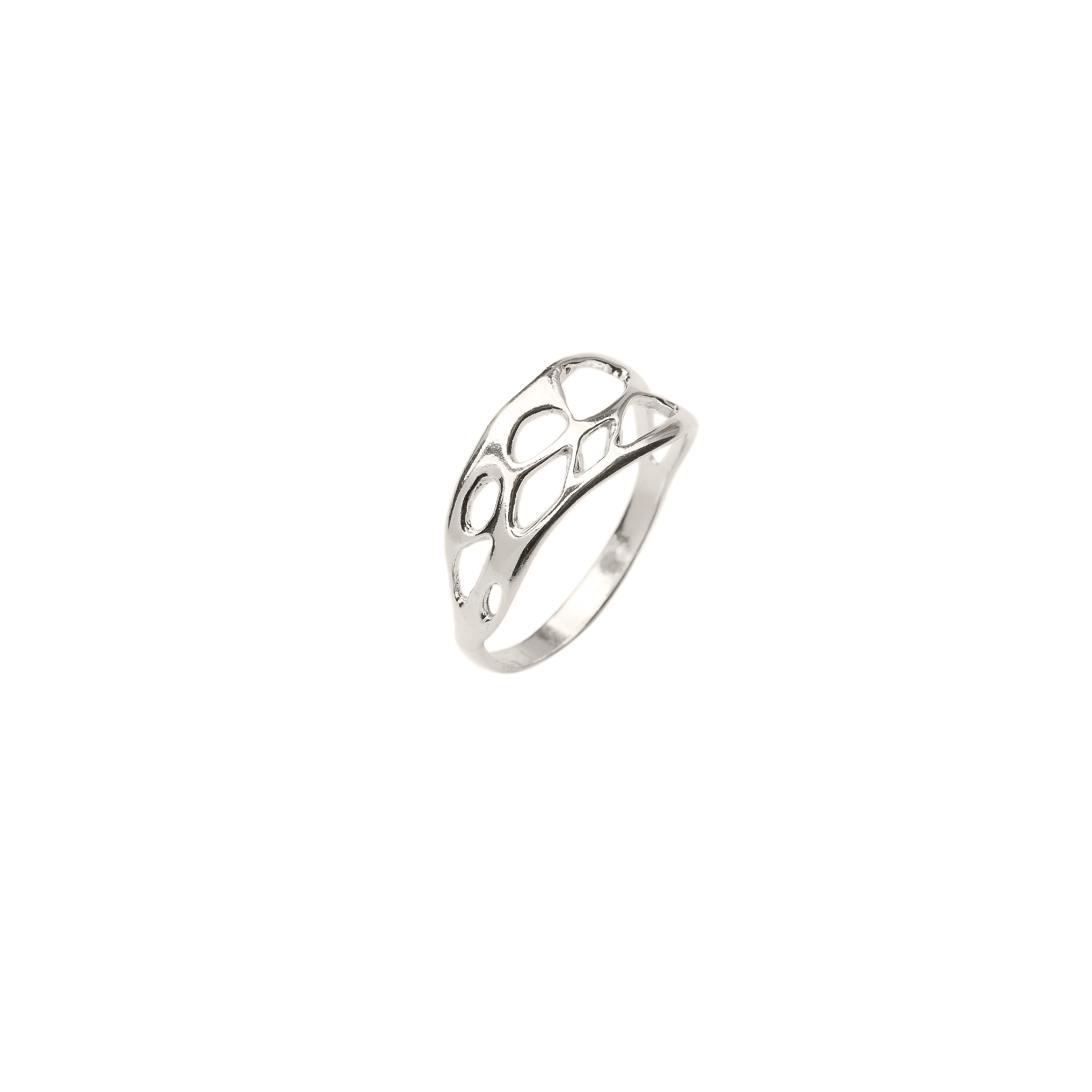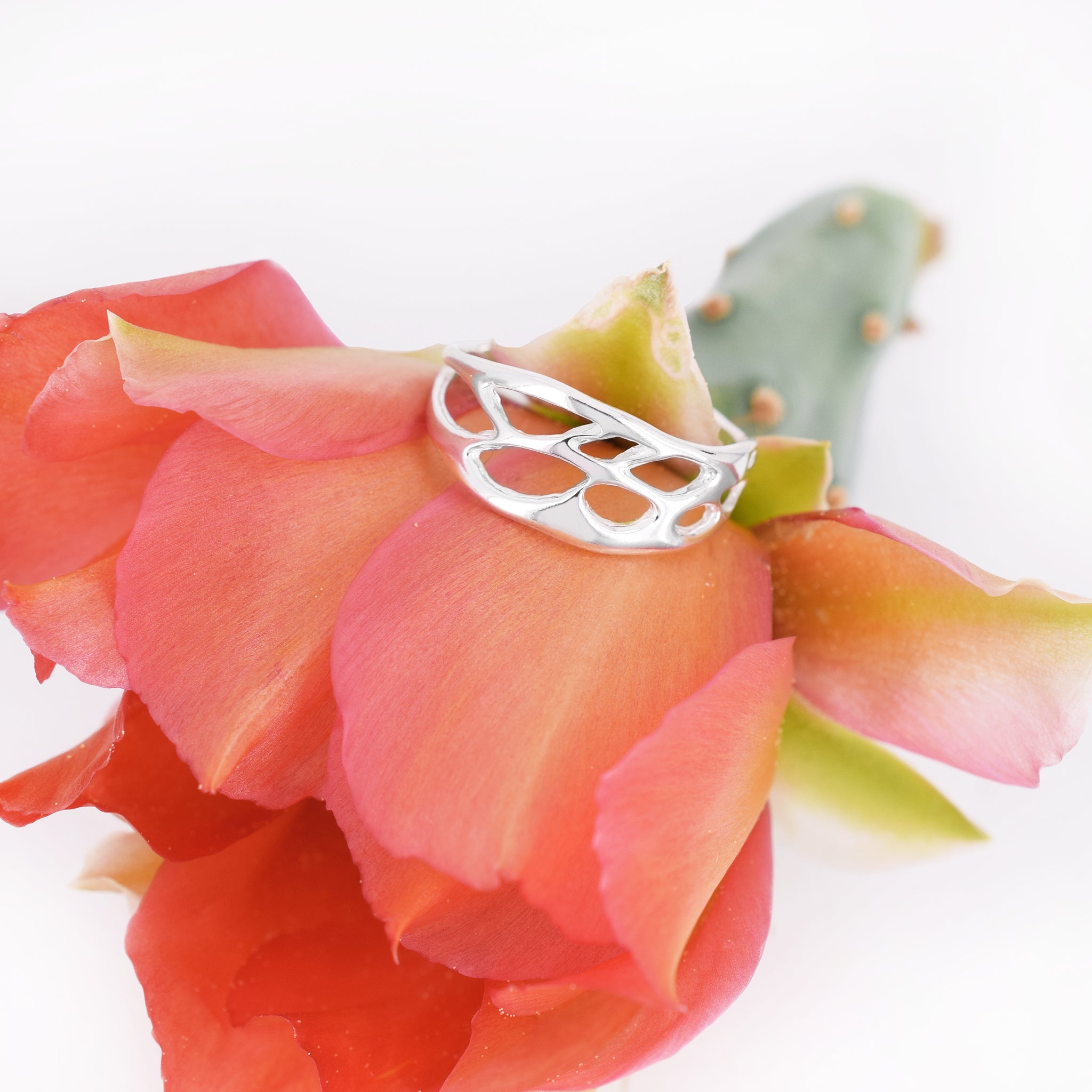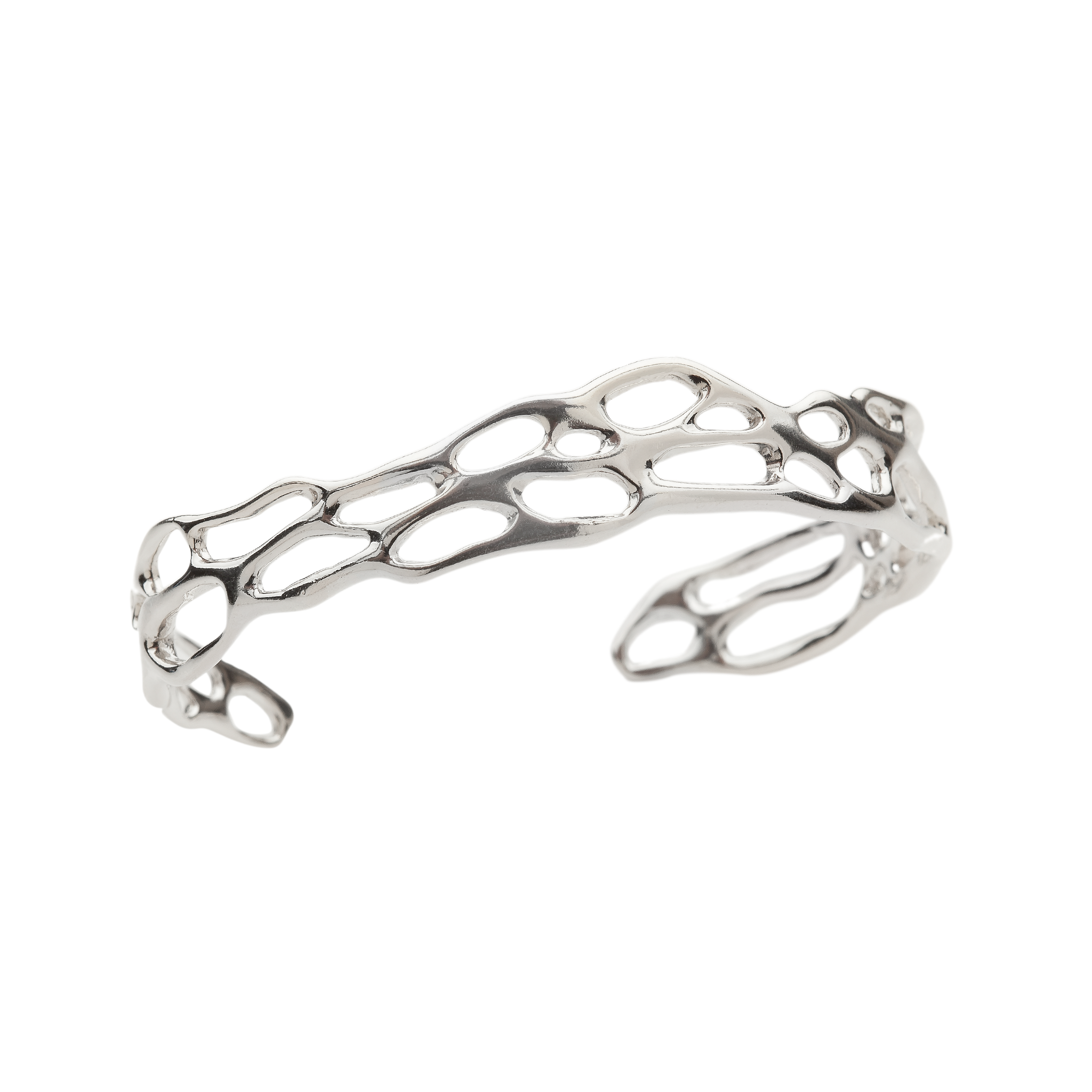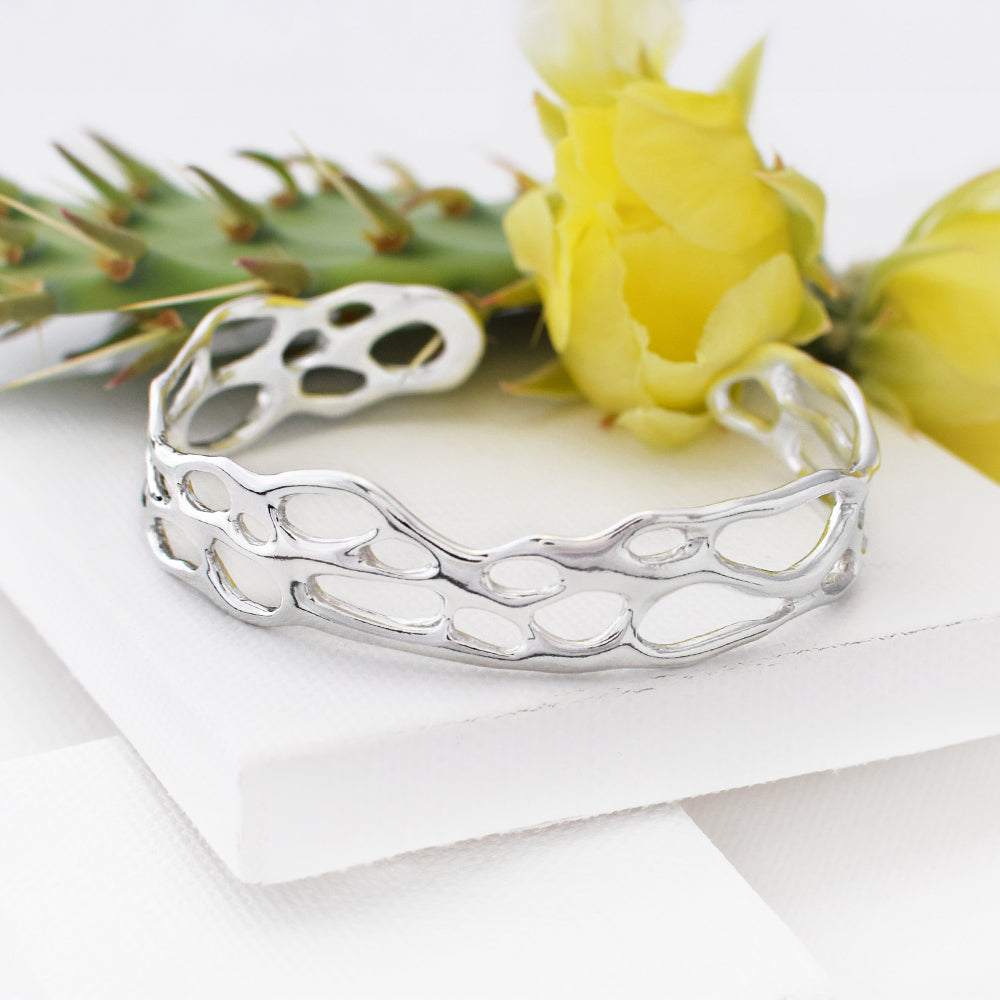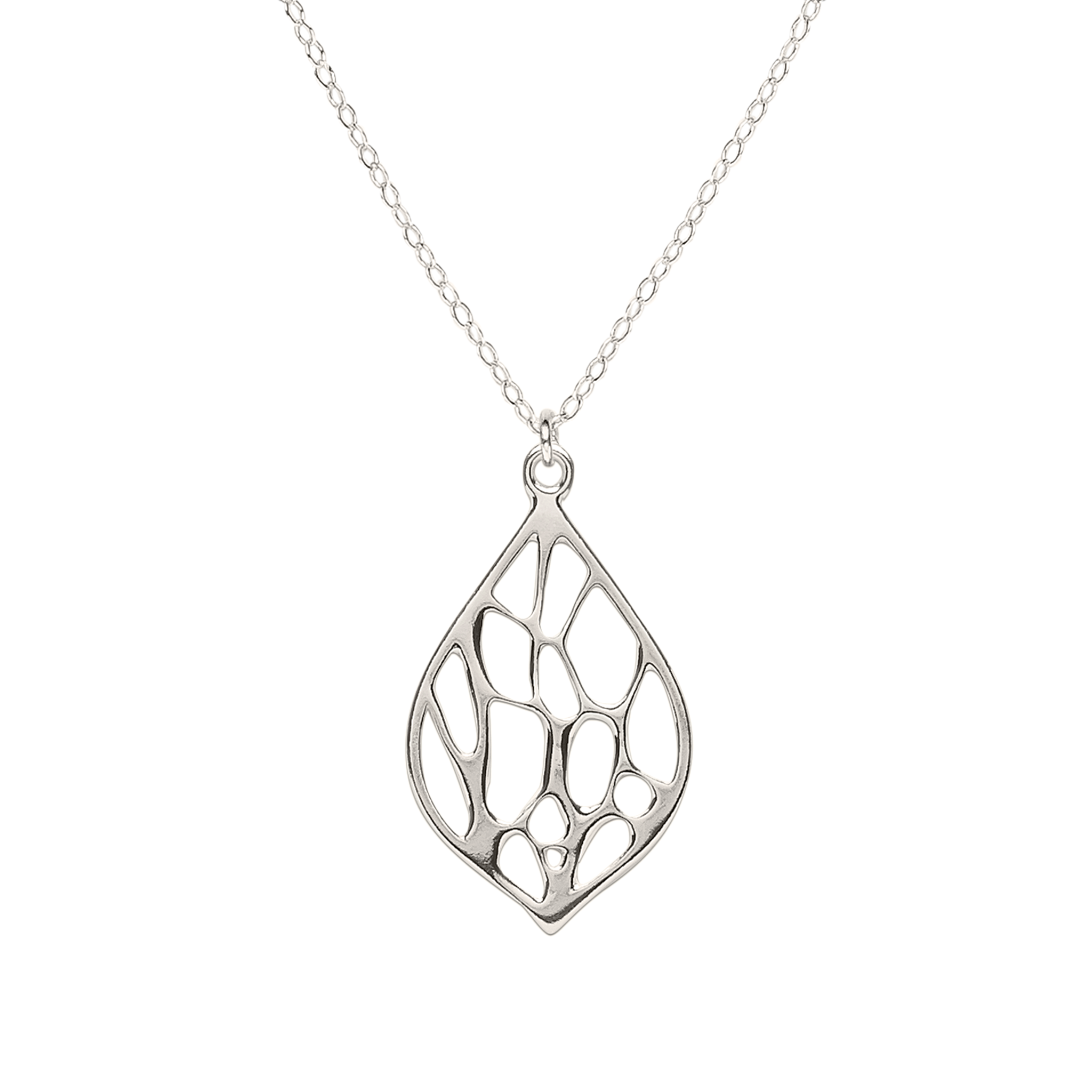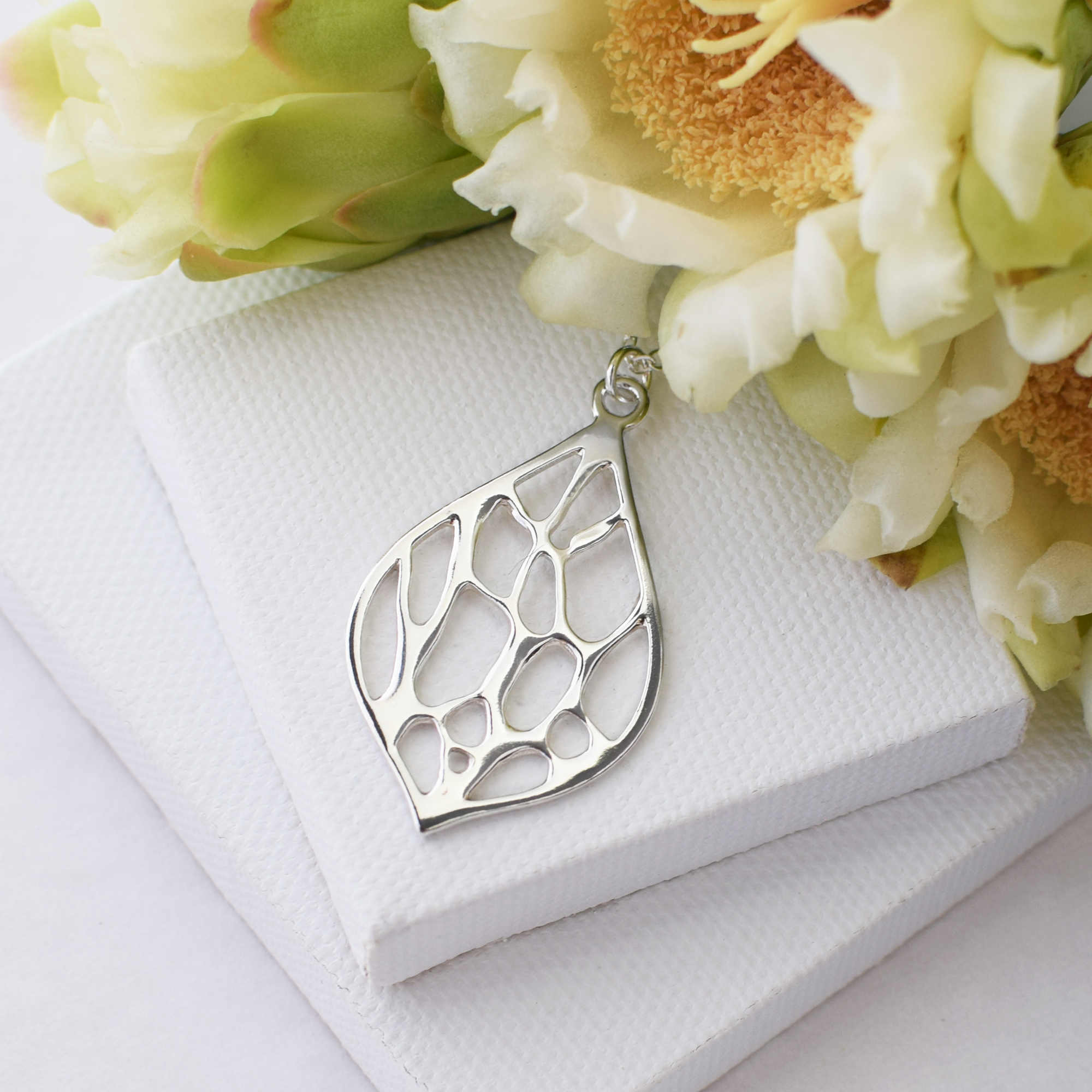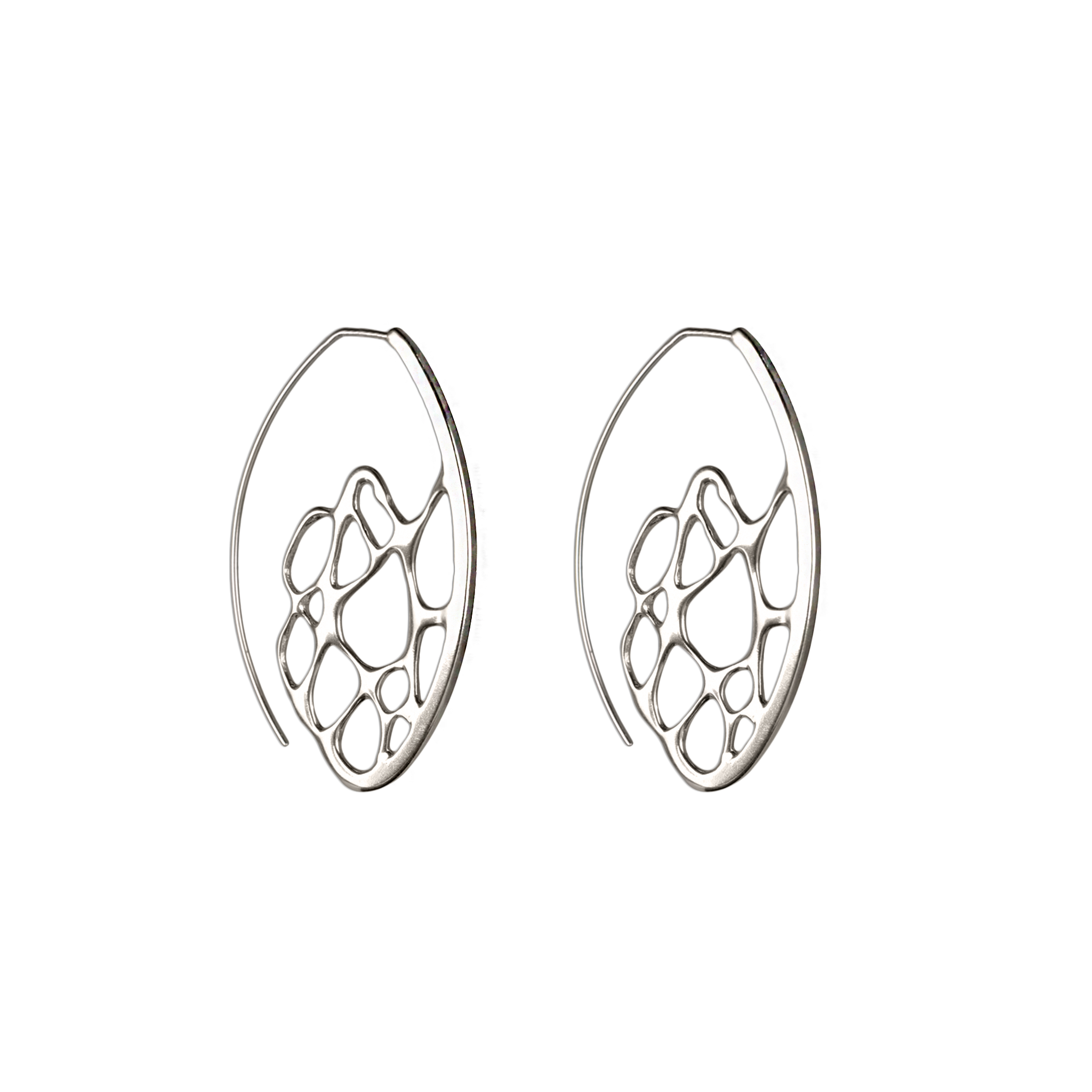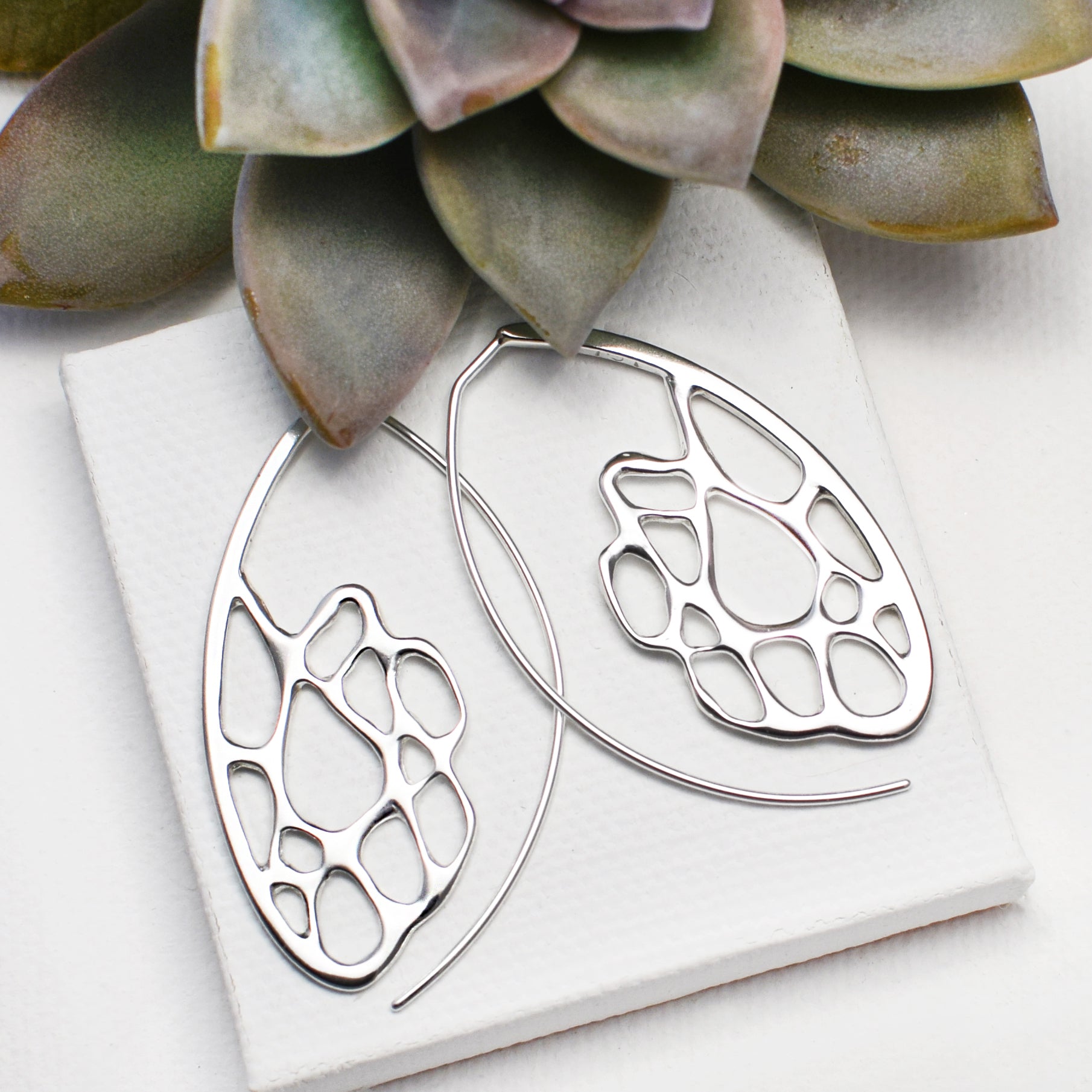I'm pretty partial to June birthstones because my birthday is in June! And I do love my birthday. :)
The origin of birthstones can be traced back thousands of years to ancient civilizations. The concept of birthstones is closely tied to astrology and the belief in the mystical properties of gemstones. Different cultures and civilizations throughout history have assigned specific gemstones to each month, based on various factors such as the alignment of stars, planetary influences, and even religious significance.
The idea of birthstones gained prominence during the 1st century AD when the Roman scholar Pliny the Elder wrote about the association of gemstones with certain months in his work "Naturalis Historia." This influenced the development of birthstone traditions in Western cultures.
The modern list of birthstones, as recognized by most Western countries, was standardized in 1912 by the American National Association of Jewelers (now known as Jewelers of America). This list has undergone a few changes since then, but it remains widely accepted today.
Those of us born in June are pretty lucky to get three birthstone options: pearl, alexandrite, and moonstone.
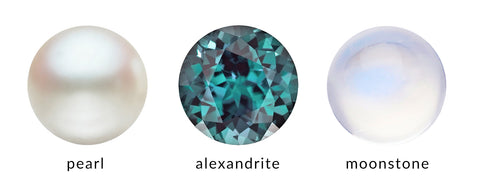
Pearl is the most traditional June birthstone. It's the only birthstone made from a living creature and only non-gemstone birthstone. Pretty special!
The oldest known pearl dates to 5547 to 5235 BC. Greeks believed pearls were the tears of the gods and ancient Chinese believed black pearls were a symbol of wisdom and were formed inside a dragon's head. Most pearls today are "cultured," or farmed, by implanting an irritant into pearl oysters or freshwater pearl mussels. The mollusk with then deposit layers of nacre around the irritant. Nacre, also known as mother of pearl, is the same material that lines the mollusk's inner shell for protection, and is responsible for the pearl's luster. Most of today's cultured pearls come from China, with natural pearls found in the Persian Gulf and Indian Ocean. Pearls symbolize integrity, love, and - you guessed it - purity. Pearls are classic and timeless, but also today's unique shapes and color allow them to be contemporary enough to be worn everyday.
Moonstone's name comes from it's moon-like iridescent glow, known as Adularescence. It has been admired for centuries; in fact, Romans believed moonstone was formed from moonbeams and both the Romans and the Greeks associated it with lunar deities. Moonstone is thought to be calming, enhance intuition, and provide balance. Found in a wide range of locations, the best sources are India, Sri Lanka, and United States.
Alexandrite became an alternative birthstone for June in the 1950s. It is known for its striking color change effect called Pleochroism, which means that it appears to be a different color in different light. In Alexandrite's case, the most valuable stones are bluish-green in natural daylight and purpleish-red in incandescent light. Natural alexandrite is extremely rare, and, while first discovered in Russia, is now found predominately in Sri Lanka, East Africa, Brazil. Alexandrite is thought to bring luck, good fortune, and love, and brings balance between one's physical and spiritual world.
Birthstones are often seen as symbols of good luck, protection, and personal identity. Many people wear their birthstone as jewelry or use it in other forms of personal adornment. The belief in the mystical and symbolic properties of birthstones continues to be cherished by many. I often get asked to customize my handmade jewelry pieces with birthstones, as so many people love the personalized and meaningful aspect of their birthstone. Handmade birthstone jewelry may feel sentimental, as it carries emotional significance and people may see the stones as a representation of their identity, birth month, or anniversary.
Whether it's a customized nature inspired piece of jewelry, or you want to celebrate June birthdays with coin pearls in the Joy Collection, Lila Clare can help you create a meaningful piece of jewelry that speaks to your heart.
